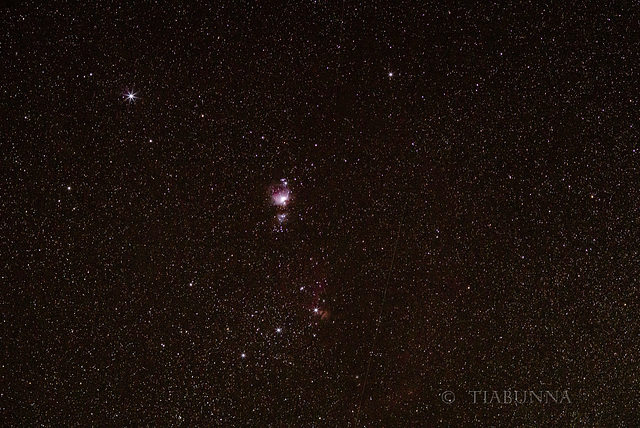aperitivo
Geotermia -
Is anybody there?
A Great Deal Too Much
Neighbourly Help
Unemployed
Perlan : Myndatöku staður Öskjuhlíð -
Saint Peter Church.
Countryside and Pico Alto with fog on top.
Arco da Rua Augusta
Church of Our Lady of Bom Despacho.
Church of Our Lady of Bom Despacho.
Pico Alto, swept by fog.
Church of Our Lady of Purification.
Sarcelle d'hiver
Buçaco
Well behaved weeds
San Pedro Valley & Huachuca Mountains
Webcam: Station Praag
On se cramponne
Cascade
St. Johann in Tyrol
Buçaco
Chameleon
Hou! Hou! Tête de saule
Rascasso
Grimpe haut..... ;-)
blind chance
Overlooking the stairway to the Chapel of Our Lady…
Stairway to the Chapel of Our Lady of Fátima (1924…
Northern coast of Santa Maria, Azores.
Sainte Barbara Church.
Dense woods on the mountainsides.
View from Pico Alto to the eastern coast of Santa…
executive action
Caps Growing
Guardian Watching
Balcony Closed
Cafeterias Opening
Shops Awakening
fat man
Main Square
╞
clothes
Red cars go faster
40 sec. • f/5.6 • 100.0 mm • ISO 6400 •
RICOH IMAGING COMPANY, LTD. PENTAX K-1
smc PENTAX-FA MACRO 100mm F2.8
EXIF - See more detailsSee also...
See more...Keywords
Authorizations, license
-
Visible by: Everyone -
All rights reserved
-
642 visits
Out of this world


Looking north toward Orion and the M42 nebula (those of you in the northern hemisphere usually see this upside down) using the astrotracer in the K-1. This repays viewing large and if you look carefully you will may the traces of no fewer than four satellites (none were visible to the naked eye) - the underlying concern in the film "Gravity" about space junk becomes understandable, even if the science in the film was sometimes questionable. Here's the obvious music (I passed over the version by George Clooney's aunt.:-) ).
, , Tractacus, and 14 other people have particularly liked this photo
- Keyboard shortcuts:
Jump to top
RSS feed- Latest comments - Subscribe to the comment feeds of this photo
- ipernity © 2007-2024
- Help & Contact
|
Club news
|
About ipernity
|
History |
ipernity Club & Prices |
Guide of good conduct
Donate | Group guidelines | Privacy policy | Terms of use | Statutes | In memoria -
Facebook
Twitter

Sign-in to write a comment.